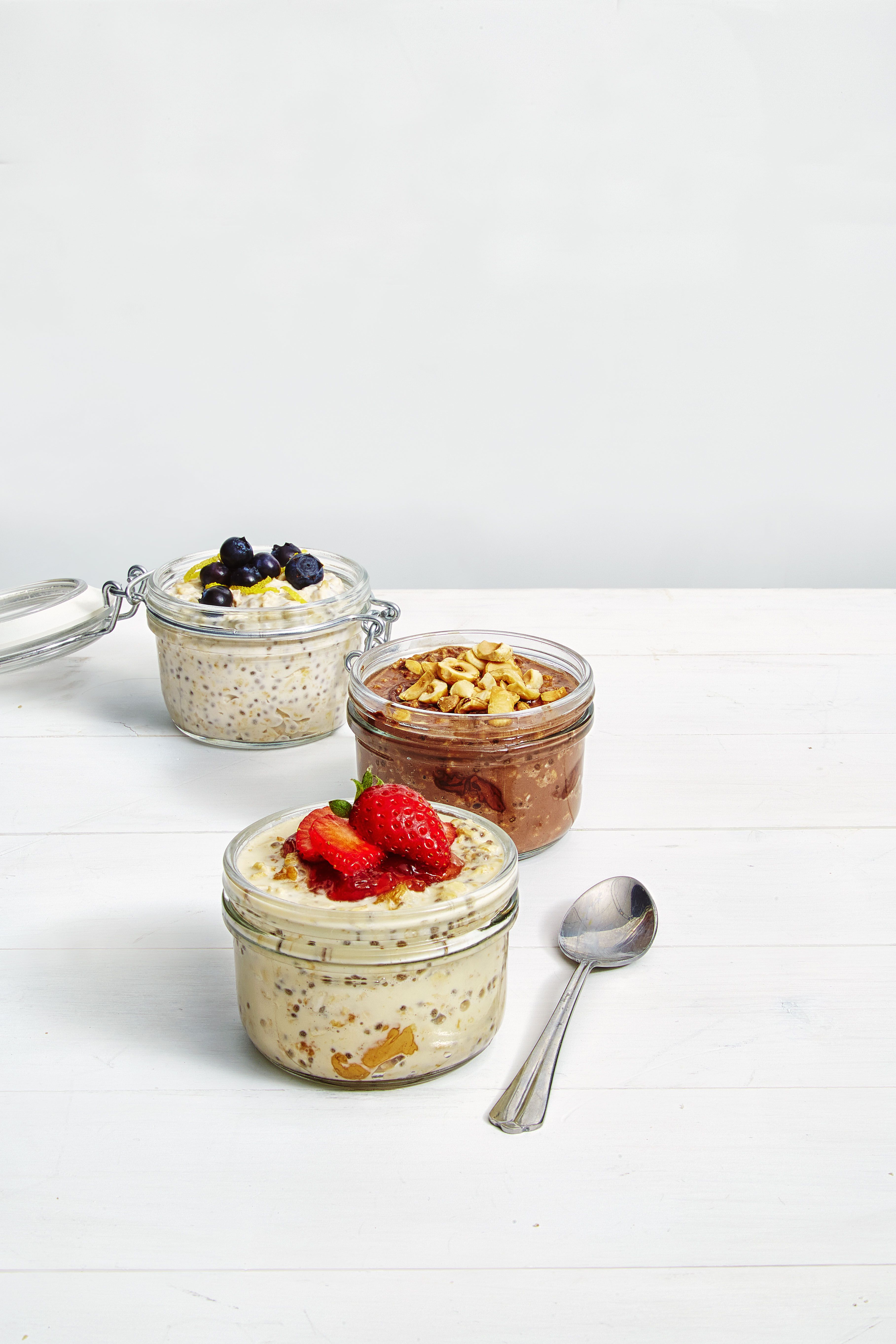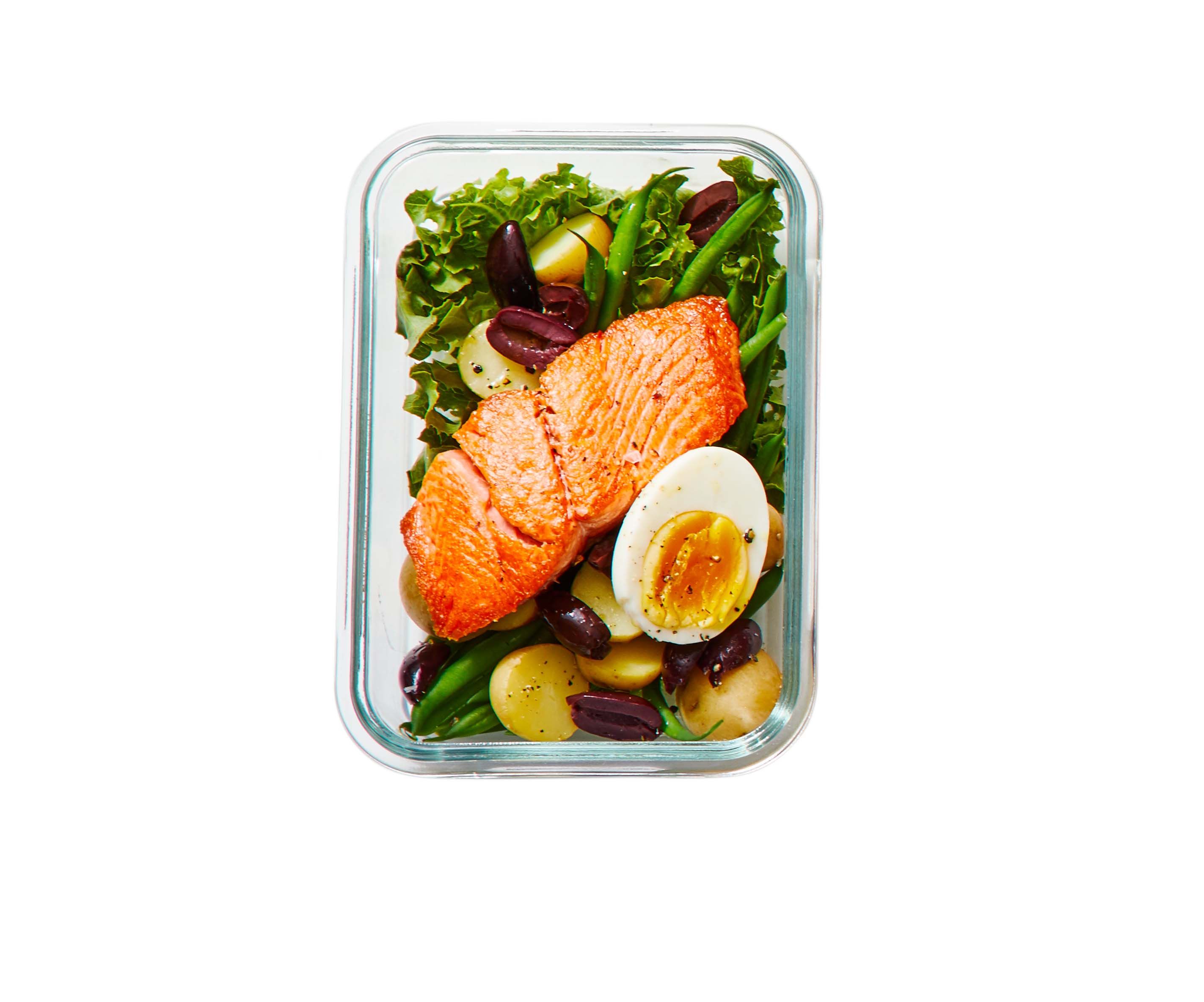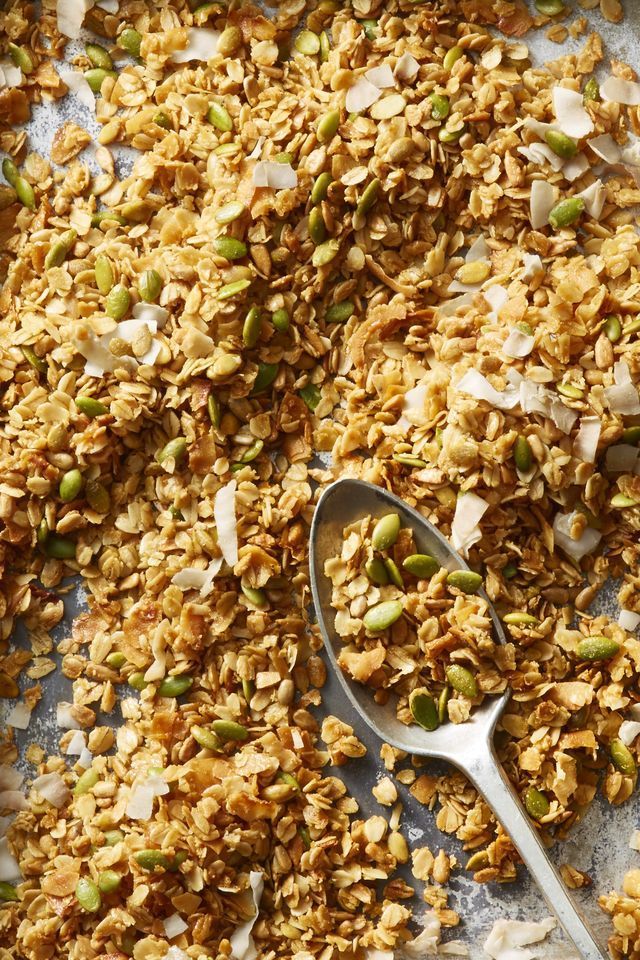Check in! How did your hydration habits improve last week? Were you able to incorporate any more water into your routine? We’re proud of you for any effort that you put in, especially if it’s been a particular difficult week. If you’re ready to move onto the next habit, let’s get to it. If you need another week to focus on hydration, take it and start week two next week!
It’s no surprise that sedentary behavior is on the rise; more than 60% of Americans don’t get the recommended amount of exercise per week and about 25% of Americans aren’t active at all according to the Centers for Disease Control. But you don’t have to start an intense workout program to stay active. In fact, walking can be a great entry into a fitness regimen since it’s simple, free to start and easy on the joints.
A bonus of walking is that it can be a useful weight management tool for those trying to lose weight. Studies continue to show the beneficial relationship between walking and weight loss, especially when combined with dietary intervention. One of the reasons why walking is helpful for weight loss is that it can increase energy or calorie expenditure. Making walking a habit can even optimize your resting metabolic rate by promoting an increase in lean body mass. But another interesting thing to note about walking compared to other forms of exercise is that it does not appear to increase appetite, which means you can easily incorporate it into your weight management program (if you’re following one) and still stick to your eating plan.
Editor’s note: Weight loss, health and body image are complex subjects — before deciding to go on a diet, we invite you to gain a broader perspective by reading our exploration into the hazards of diet culture.
But the benefits of walking go far beyond just benefitting the number on the scale. In fact, research suggests that walking can reduce the risk of cardiovascular disease and also improve longevity. Walking regularly can improve a person’s cognition and also help decrease symptoms of anxiety and improve mood. If you’re wondering when the best time of day to walk is, our fitness professionals say the best time is the time that works best in your schedule and one that you will stick to consistently.
Where to start?
Getting 30 minutes of walking in each day is a great way to keep your heart health in check, as the American Heart Association recommends at least 150 minutes of aerobic movement each week. Break that down to roughly 30 minutes five days a week or 50 minutes three days a week, and you’ve met the guideline. But any activity is better than none! It’s important to have goals to work towards, so whether you start with 10 minutes a day or 50 minutes, it’s all working towards building a healthier and stronger version of yourself.
For those looking for a little extra challenge or simply to keep walking fresh, intervals are a great way to help you burn more calories and keep your walk interesting. When it comes to walking, there are three different paces:
- Stroll: Similar to window shopping, about a 3/4 difficulty on a scale of 10
- Brisk walking: Make a small effort here, about a 4/5 difficulty on a scale of 10
- Power walking: Moving with a purpose, about 5/6 difficulty on a scale of 10
Our experts recommend warming up with a stroll, then aiming for a brisk pace throughout your walk and pushing to a power walk pace every five minutes for about 60 seconds to get your heart rate up. See how long you can maintain a power walk pace and then try to increase it by a few seconds every time you go out for your walk. Power walking can make a big difference in your overall health.
A structured walking plan can help hold you accountable and keep your walking routine interesting. Walk Your Way to Better Health, a walking plan from our sister magazine Prevention, comes with a preloaded MP3 player, dozens of walking workouts and 140+ healthy recipes to support your overall health. You can even map out a walking plan for yourself on your monthly calendar and find the best time of day that typically works for you to get moving during your schedule.
Tips for success:
Try these simple tricks to help you stay motivated!
- Walk with a friend: An accountability buddy can help you stay on track and make that daily walk non-negotiable. Try to find a friend, family member or co-worker who will go for a walk with you a few times a week to keep you motivated and change things up. When you and your friend encourage each other, you may end up working harder. Plus, you’ll know someone else is counting on you to show up too.
- Walk with a pet: Regular walking can work wonders for both you and your dog. Improved cardiovascular fitness, lower blood pressure, stronger muscles and decreased stress are some of the many benefits for humans. Walking is vital for your pet’s health too. Just like humans, it helps manage their weight and reduces the risk of medical complications like osteoarthritis, cardiovascular disease and more. Consider adding an extra 10 minutes to your regularly scheduled dog walk to ease into things for both you and your furry friend.
- Walk for a cause: Apps like Charity Miles allow you to turn your steps into charity money. The app donates 25 cents to a charity of your choice for every mile you complete. Plus, you can create your own pledge page where friends can sponsor you, even if you’re not doing a marathon or race.
- Find a motivating playlist: Create your own playlist or head to the Workout tab on Spotify for a variety of curated playlists to suit your workout preference. Choose from options like pumped pop, classic rock, heavy beats and more — opt for something upbeat and motivating! Research shows that walking to music may help you stick with it and also keep you walking at an effective stride rate.
- Download a great audiobook: Take your favorite book outdoors by downloading a great audiobook to keep you busy during that afternoon stroll. Apps like Audible make your walks educational and can help pass the time while also keeping you engaged. If you’re looking for extra motivation to start your walk, a self-development audiobook may be just what you need to lace up and get moving.
- Listen to your favorite podcast: Choose from one of our 50 best podcasts to keep you entertained on your daily walk. Whether you’re into true crime or celebrity interviews, this list is sure to have a podcast choice for everyone. A great podcast can help pass the time by and give you something to look forward to listening to, especially on those longer walks.
- Try a walking app: A walking app can be just the thing to keep you motivated and track your steps as you make note of your walking progress along the way. An app like Pacer is essentially a pedometer built into your smartphone, which is excellent for keeping track of your steps both on your walk and throughout the day. Alternatively, options like 99 Walks provide a supportive community and guidance for walking and weight loss.
- Maximize your walk with a smartwatch: Investing in a smartwatch like the Fitbit Sense or Apple Watch can help upgrade your walking experience by providing enhanced stats, encouraging you to complete your steps for the day and keeping you hands-free while you stroll. Check out our best smartwatch picks to find one best suited to your needs.
- Try an audio-based walking course: Our fitness experts love the on-demand audio-based walking classes on the Peloton Digital app. Seasoned instructors guide you through different walking intensities with curated playlists; it’s like walking with your very own personal trainer. Another great option that our pros recommend is Time to Walk, a feature on Apple Fitness+ where users can immerse themselves in a walk alongside influential and interesting people as they share meaningful stories, photos, music and more.
Remember to:
Make it obvious.
- Put a pair of sneakers in your car, so you can take a walk during your lunch hour.
- Set a reminder on your phone for your daily walk.
Make it attractive.
- Download a podcast or audiobook to listen to on your walk.
- Make a motivating playlist of music you like for your walking session.
- Pick a new and/or scenic route.
Make it easy.
- Commit to a five-minute walk a day to start with 1,000 steps and increase weekly.
- Go for a leisurely stroll with a friend at the end of the day.
Make it satisfying.
- Reward yourself with a new audiobook or music.
- Track your steps with a smartwatch or fitness app to work toward a virtual badge.
How to habit stack activity:
- When you go out to get the mail, take a walk around the block and increase the amount you walk daily or weekly.
- After dropping off the kids at the school bus, go for a quick walk around the block.
Recipes:
These refreshing recipes will give you the energy you need to get up and go!
← Back to Challenge / Go to Day 3 →
Nutrition Lab Deputy Director
Stefani (she/her) is a registered dietitian, a NASM-certified personal trainer and the deputy director of the Good Housekeeping Institute Nutrition Lab, where she handles all nutrition-related content, testing and evaluation. She holds a bachelor’s degree in nutritional sciences from Pennsylvania State University and a master’s degree in clinical nutrition from NYU. She is also Good Housekeeping’s on-staff fitness and exercise expert. Stefani is dedicated to providing readers with evidence-based content to encourage informed food choices and healthy living. She is an avid CrossFitter and a passionate home cook who loves spending time with her big fit Greek family.





